Coal is a commodity which drives an economy and the steel industry is a little worried that if the first preference of supply of coal, especially coking coal, should go to the power sector, and not the steel industry.

Steel can be purchased. But power cannot be, reminded Subrata Mitra, Joint Managing Director, M N Dastur & Co (P) Ltd, while speaking at the 12th Indian Coal Markets Conference, which was organised by mjunction services limited recently.
Endorsing that this was a vast subject, Mitra said steel in particular demands coal and its scarcity is a huge hindrance to its development. Because, he emphasised, the steel industry has to grow if the country has to grow.
It is well-know by now that India has a target to take its crude steel production to 300 mt by 2030-31. To achieve that goal the steel mills will require a lot of iron ore, deposits of which are ample in the country. But India does not have good quality coking coal which increases the operating cost, and impacts quality of the end-product, Mitra said. The Jharia belt is the only coking coal supply resource in India.
“But the best of that coal used to be utilised in running steam engines for decades. At that time, there was no steel demand. The coal was only sourced from Jharia and Raniganj belts. Jharia coal was the best and the top part near the surface has hard coking coal which is desired for making coke. Over the years, that hard coking coal has diminished. And we now have with the inferior varieties in the Jharia belt which has called for beneficiation and washing. Washing has been there for the last 100 years but it has to increase,” Mitra emphasised.
But why is coal so important for the steel industry? First, coal is converted to lump coke in a coking oven. Then raw iron is made by reducing (removing the oxygen from) iron ore (iron oxide) by reacting it at high temperature with coke in a blast furnace. About half of the carbon in the coke combines with the oxygen from the iron ore to make CO2. Since we do not have enough coking coal, we keep on importing it.
This story is from the December 2018 edition of Steel Insights.
Start your 7-day Magzter GOLD free trial to access thousands of curated premium stories, and 8,500+ magazines and newspapers.
Already a subscriber ? Sign In
This story is from the December 2018 edition of Steel Insights.
Start your 7-day Magzter GOLD free trial to access thousands of curated premium stories, and 8,500+ magazines and newspapers.
Already a subscriber? Sign In

Steel's Net Zero mission
The country’s commitment to achieving Net Zero within a targeted timeframe will now propel its steel sector towards a sustainable future in line with global trends.
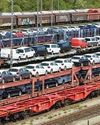
Fuel Price Hike, Supply Chain Disruption Hurt Festive Sales
Supply chain disruptions and fuel price hikes have hurt festive sales in a big way as most auto majors posted decline in sales in October.
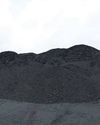
Seaborne coking coal offers remain range-bound
Seaborne coking coal offers moved in a narrow range in October amid global supply tightness and healthy spot demand.
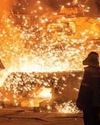
Global crude steel output down 8% in September
China manufactured 74 mt in September, fall of 21% y-o-y while India’s production went up by 7% to 10 mt.
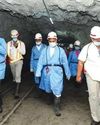
MOIL embarks on expansion projects
“Even though our country is blessed with manganese ore reserves, we import 50% of the domestic requirement. We have to lower our import dependence and save precious foreign exchange.” Ram Chandra Prasad Singh, Steel Minister
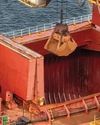
Iron ore handled by major ports down 17% in H1
The 12 major Indian ports handled 27 mt of iron-ore during H1 of 2021, down by 17% from 33 mt recorded for the corresponding period of previous year.
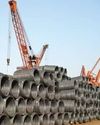
Shrinking China output to boost India exports
“In the third quarter of 2021, the company actively responded to the pressure from external policies, such as production curtailment and dual control system on energy consumption and intensity, as well as coal resource shortage and surging prices.” Baoshan Iron and Steel Co Ltd
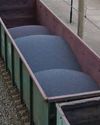
Indian Railways' iron-ore handling up 25% in H1
Indian Railways in April-September of 2021 (H1) transported 84 mt of iron ore, up by 25% over 67 mt during April-September 2020.
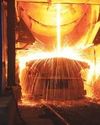
September crude steel production up 7.2% y-o-y
India’s crude steel production in September 2021 grew 7.2 percent to 9.547 million tons (mt) over September 2020 but was down by 3.2 percent from August 2021 output, provisional steel ministry data showed.

“Five enablers: way forward to sustainable cleaner steel”
Right and scalable technology, appropriate policy guidance by government, access to finance to fund transition, willingness of customers to pay for cleaner products and infrastructure for use of new technologies are the need of the hour for the sustainable and cleaner steel industry, according to Madhulika Sharma, Chief Corporate Sustainability, Tata Steel.